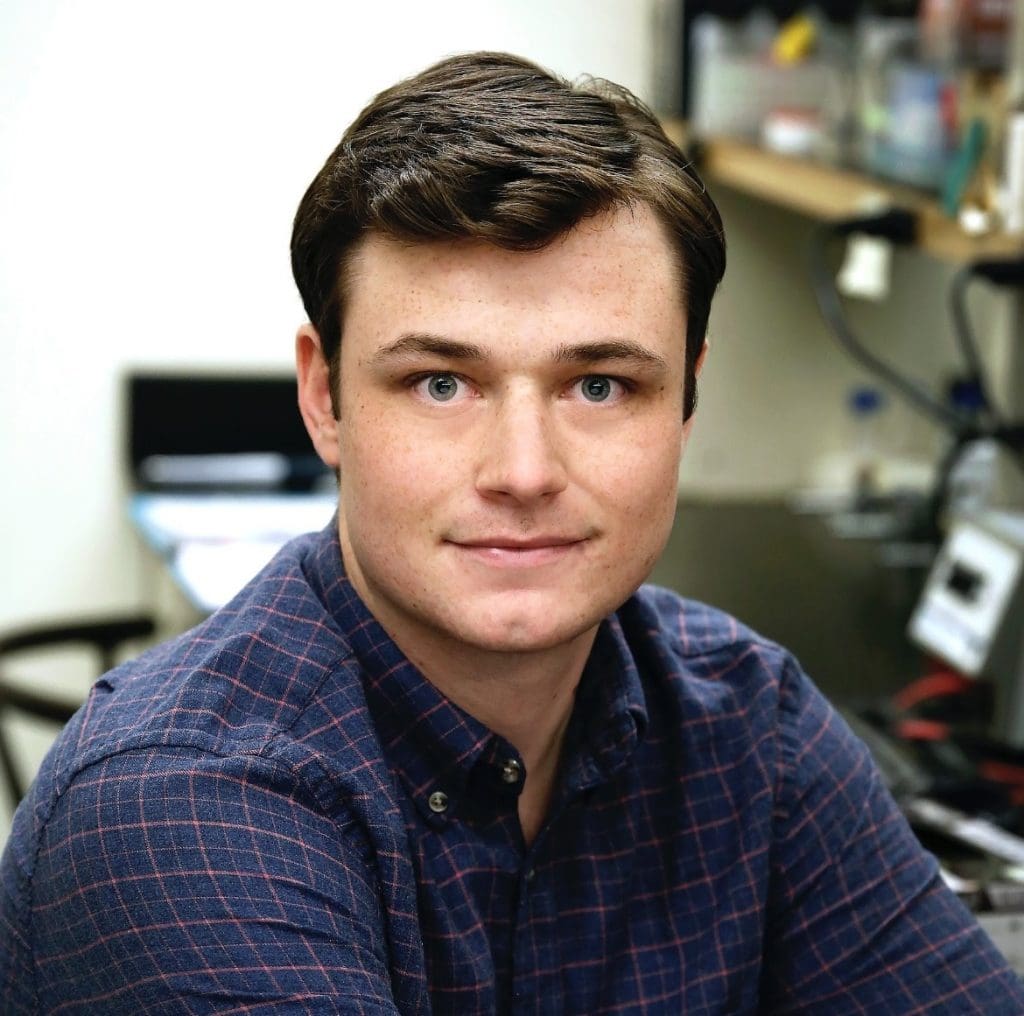Biochemistry and Biophysics draw on quantitative approaches from chemistry and physics to tackle complex problems in biology. These approaches range from cutting edge imaging techniques such as cryo-EM and optical microscopy methods, to the analysis of protein and nucleic acid structure and function using x-ray crystallography, NMR, computational modeling, and many other techniques.
Students in the CMDB program work with our ~25 faculty members on topics across biology, including protein and nucleic acid structure and folding; analysis of macromolecular interactions; proteomics; cellular structure and imaging; and structure-based drug design.
Biochemistry and Biophysics faculty
Our faculty members have a wide range of research specialties. Learn about their work and how you can get connected with our biophysics and biochemistry faculty.
Our research
-
Discovering optimal kinetic pathways for self-assembly using automatic differentiation
Macromolecular complexes are often composed of diverse subunits. Assembling these monomeric subunits into complexes over time faces fundamental obstacles that can be robustly overcome by exploiting a large design space of kinetic protocols.
-
Structural basis of TFIIIC-dependent RNA polymerase III transcription initiation
Using cryo-EM, the He Laboratory revealed how TFIIIA, TFIIIC, and TFIIIB assemble on the S. cerevisiae 5S rRNA promoter, with TFIIIA bridging TFIIIC-DNA interactions and TFIIIB inducing gene wrapping. smFRET showed DNA bending and partial dissociation, offering insights into Pol III transcription initiation and its distinction from Pol II.
-
Molecular basis of global promoter sensing and nucleosome capture by the SWR1 chromatin remodeler
How chromatin-based enzymes find nucleosome-free genomic targets in the cell nucleus has been enigmatic. Using cryo-EM, biochemistry and epigenomics, we found a generalizable mechanism showing that the ATP-driven yeast SWR1 remodeler senses accessible chromatin architecture with a protein module that measures free DNA linked flexibly to histone PTM reader domains, enabling SWR1 capture and histone…
Student Profiles

